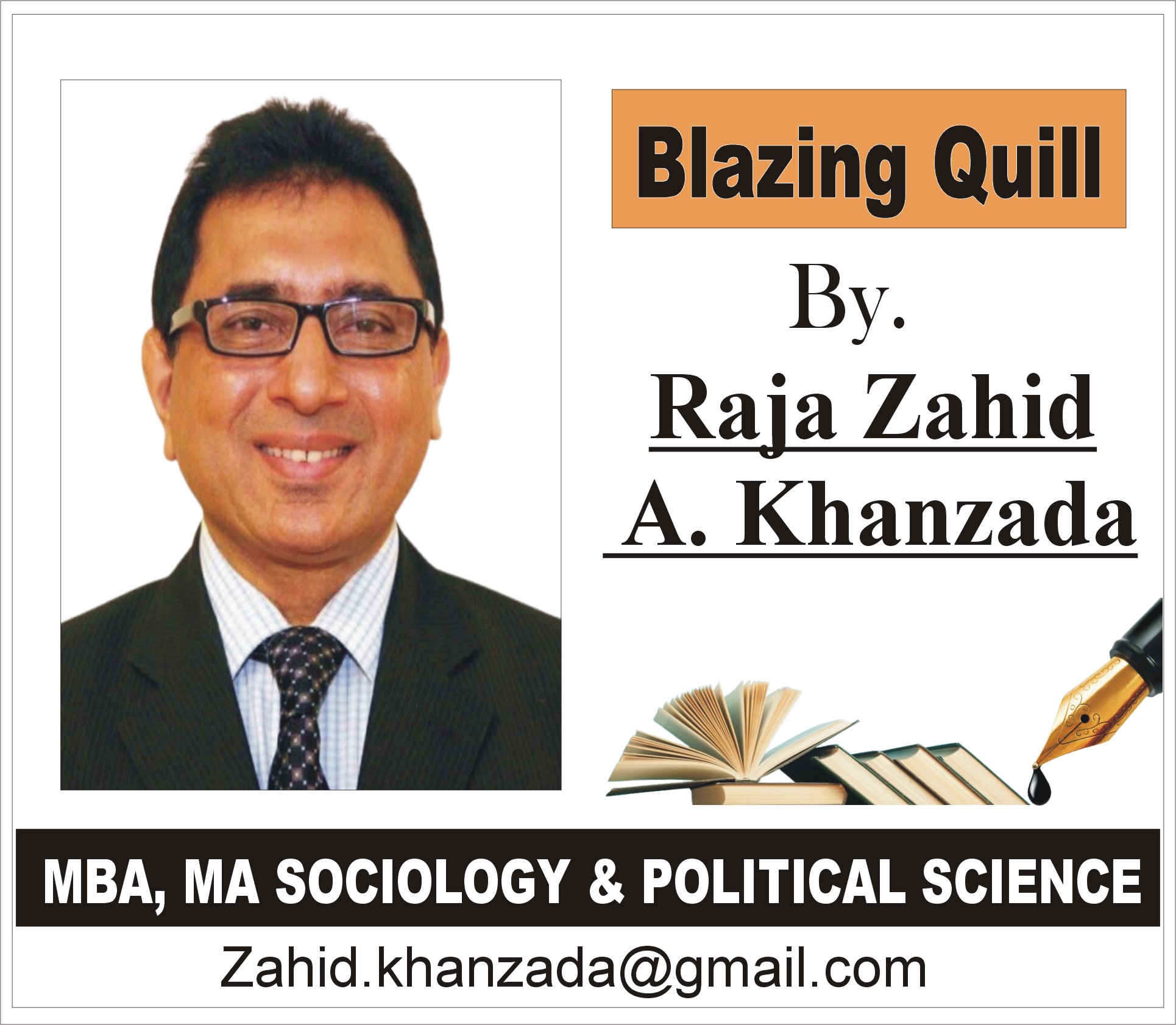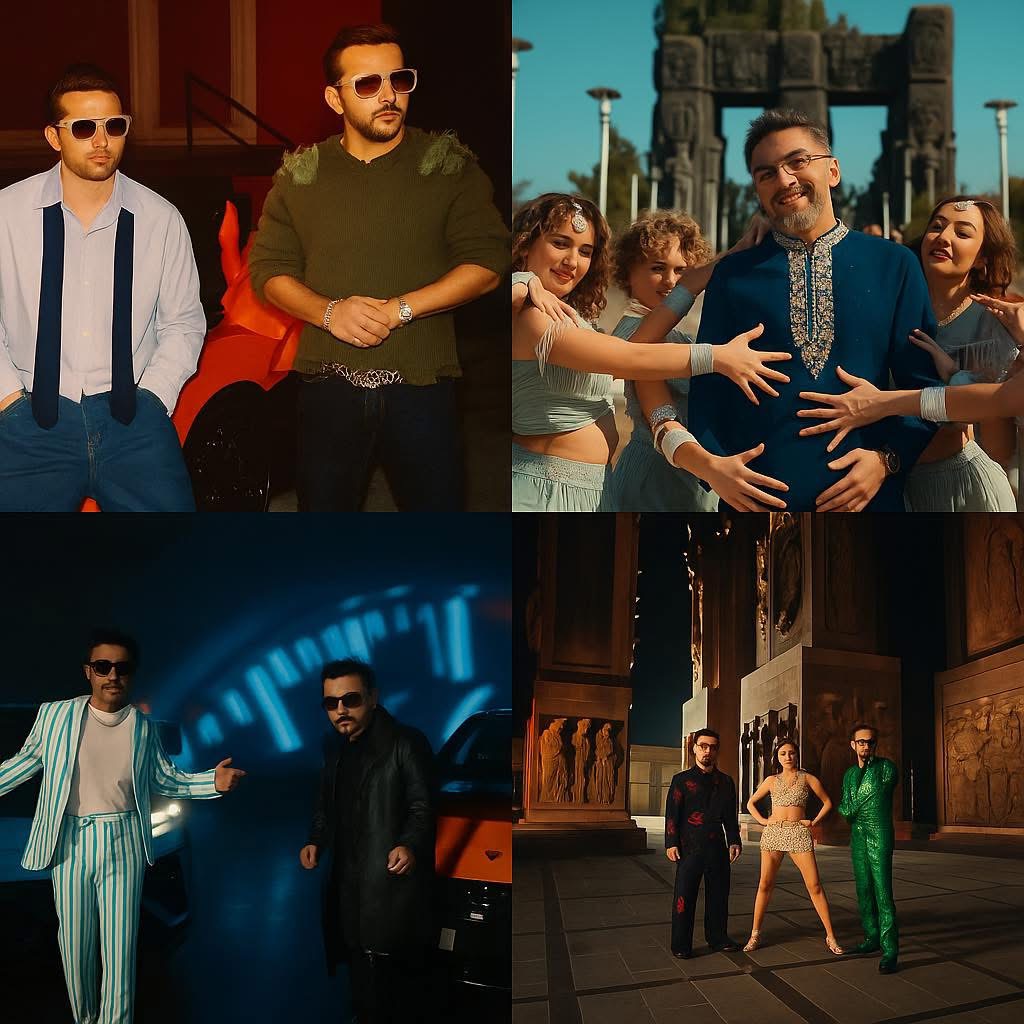Music Reborn From Ashes: The Unstoppable Return of Two Voices Honey Singh and Ali Haider
By Raja Zahid Akhtar Khanzada
There are moments in music when a comeback is not merely a performance but a proclamation. One such moment arrived when Honey Singh emerged through a cloud of smoke on the IIFA stage, and another when Ali Haider stepped into the lights at the HUM Awards in Houston after years of silence. These were not simple returns. These were declarations that true artists do not die; they simply fall quiet for a while. Fame may fade, the world may move on, but the heartbeat of music does not surrender so easily. Some people don’t just return , they arrive again.
In India’s Bollywood, Honey Singh fought his way back from addiction to reclaim his voice. In Pakistan’s Lollywood, Ali Haider wrestled with grief, migration and a shattered life. And then, when Ali Haider and Ali Zafar released a re-imagined version of “Zalim Nazron Se” with a fresh pulse, it reminded the world that the truest flame is the one that rises again from beneath the ash.
Honey Singh’s comeback was sealed through his track “Payal,” which spread across social media like lightning. The song’s bass rattled the ground; the lyrics resuscitated breath trapped in the chest. Together, these songs carried a single shared message:
“We were broken, yes… but we were never finished.”
“Payal” wasn’t merely music; it was the roar of a survivor, the thunder of a spirit that refuses to kneel. It told the truth that resonates across generations: a real artist never loses; he simply returns when the world least expects him.
These are not two stories, they are two knots on the same thread. And perhaps, as you read this, you too are hearing music in a new way.
I still remember that night at IIFA Abu Dhabi. Smoke rushed out, lights crashed onto the stage, and Honey Singh appeared as if a forgotten storm had risen from the sea and crashed back onto shore. The audience erupted. And for the first time, I realized how a comeback sometimes belongs not just to one artist, but to the emotions of an entire generation. The same Honey Singh who once disappeared into the darkness of addiction now stood resurrected, as if a dying ember inside him suddenly roared back into flame.
I felt that same electricity months later on October 13 at the HUM Awards in Houston. There was no smoke this time, but the glow around the stage carried its own halo, the aura that surrounds an artist reclaiming his destiny. And when Ali Haider walked out with Ali Zafar, the atmosphere shifted instantly. Applause, whistles, shouts, all rising in recognition of a man returning home to his own name after years of silence.
But Ali Haider’s silence was not buried in the shadows of intoxication like Honey Singh’s. His was a different kind of darkness, carved out of loss and survival. Honey Singh battled addiction; Ali Haider confronted life’s sharpest griefs. He lived through the pain that steals a child’s laughter, the terror that makes the streets of Karachi feel too narrow to breathe, the extortion, the threats, the night he fled in a car with his children to save their lives. And the words his mother said words that settle deep into any son’s bones:
“Leave… there is nothing left here for you.”
He left for America. He started over in Houston. And necessity took him to a small South Asian radio station, not as a pop icon, but as a DJ playing songs for strangers in a city far from home. A place where voices earn money, not art.
Years ago, when I met Ali Haider, his face carried exhaustion, but his eyes held that spark artists never fully lose. Behind that tired expression lived broken dreams, and a voice that once carried the fragrance of “Purani Jeans,” now wrapped in the weight of responsibility. He told me something that still echoes in my heart:
“I devoted my entire life to music… how can I ever leave it behind?”
There was a softness in his eyes when he spoke, the first step of his rebirth. The passion that had slept in the strings of his old guitar was waking. It was as if someone had placed a hand on the shoulder of the wounded artist inside him and whispered:
“Rise… your stage is waiting.”
Ali Haider had already begun his path back to music in 2023, when he held a red-carpet premiere for his new song “Dholan Yaar” at Asia Theater Dallas his first major release after nearly a decade. I was there that night, surrounded by an audience captivated by the sound they had missed for years. The song has now been watched more than 3.2 million times on YouTube.
And then came that luminous evening of 2024, when the world witnessed a new birth of “Zalim Nazron Se.”
Ali Zafar and Ali Haider, two eras, two tones, one heartbeat.
A Los Angeles-shot visual drenched in neon lights, sports cars, disco beats, Ali Zafar’s swagger and Ali Haider’s quiet yet triumphant presence in a black coat, a comeback that breathed new life into Pakistan’s pop landscape.
Within the first 72 hours, the song was viewed 87,000 times. And the numbers continue to climb. Ali Zafar’s vivid energy, Ali Haider’s poised confidence behind sunglasses, a silent victory, echoed the same fire Honey Singh carried when he sliced through the smoke at IIFA.
In just three days, the song pulled thousands of viewers toward it. Reactions poured in, some calling it a “legendary comeback,” others objecting to the Western dancers and flashy cars. But the truth stood untouched: this comeback was monumental. Stories like these do not bow to criticism; they belong to survival. This track became a symbol a bridge between generations.
The deeper truth is that Honey Singh and Ali Haider are not opposites; they are reflections of one another. One fought through the shadows of Delhi; the other through the grief of Karachi. One broke the chains of addiction; the other of fate. One returned with “Payal,” the other with “Dholan Yaar” and then “Zalim Nazron Se.” Both carried a single message to the world:
When an artist falls, the world assumes he is finished.
But artists never end.
They merely fall silent…
Until the day the lights fall across the stage again,
and they return to remind the world
that the real light was always them.




